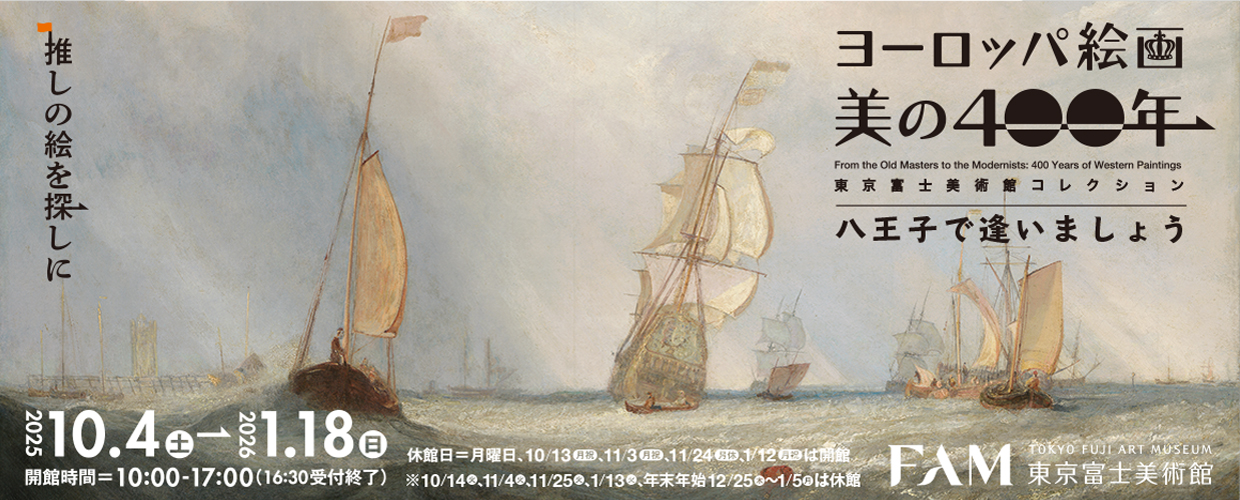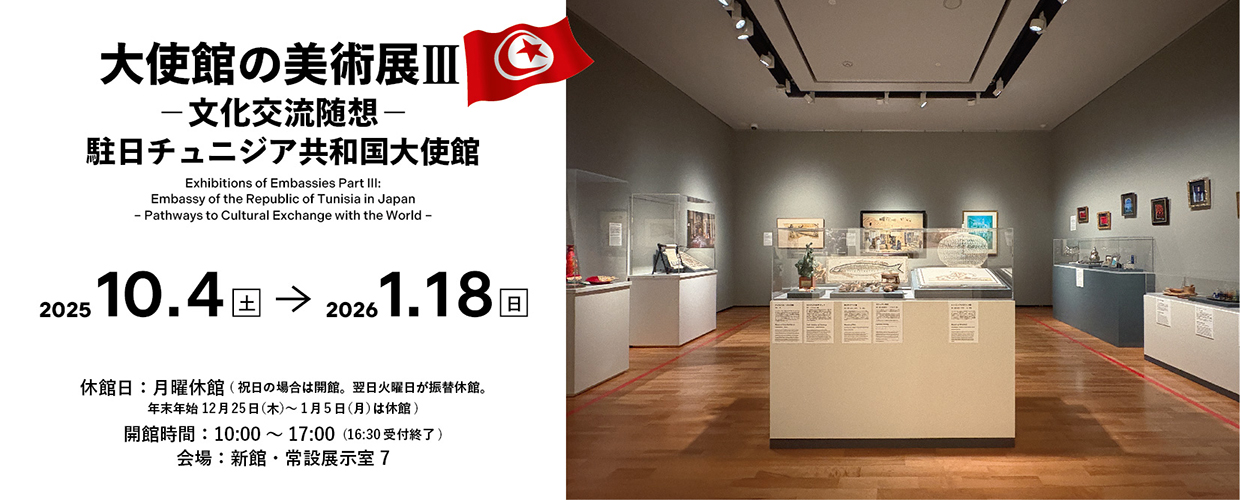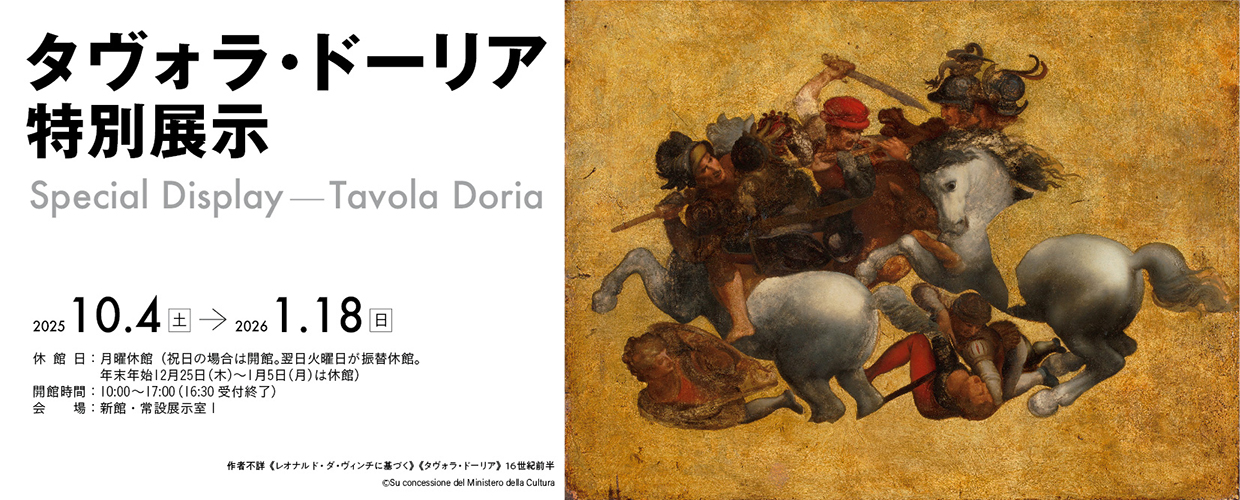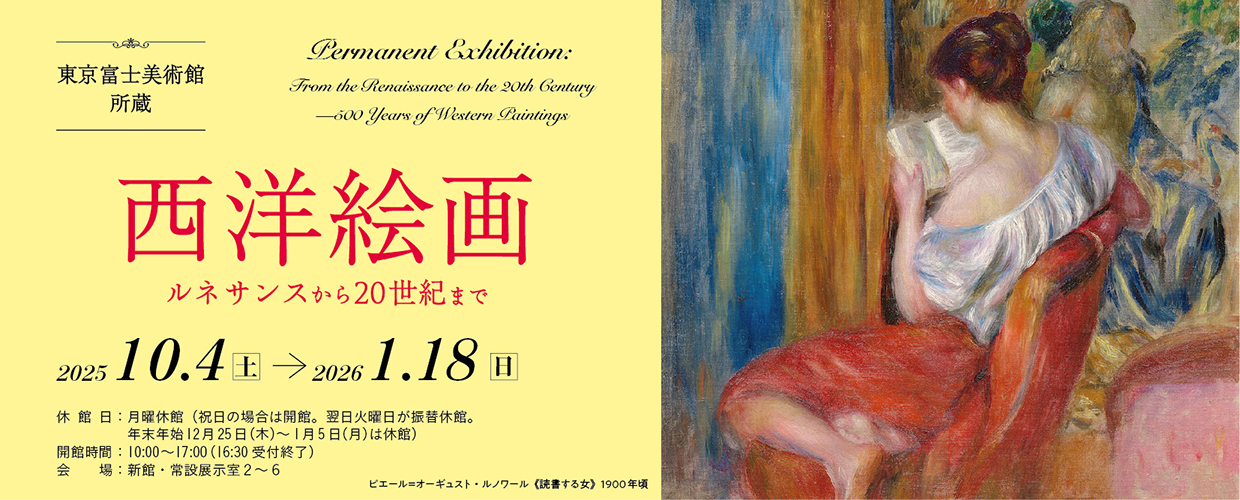1790/Ink on paper, hanging scroll
155.5 x 77.3 cm
SUMMARY
An elephant, painted from the front, filling the entire frame. It is a bold composition which gives the long, narrow surface a surprising and unexpected twist. The method of filling in the background with ink to make the elephant stand out without adding color is effective; it is speculated that the effects of taku-hanga (“rubbing prints”) were applied to the hand-painted work. The style may look simple, but its meticulous and thoughtful use of light and dark ink can be seen. Points such as the expression of the back with just three curved lines are abstract and fascinating. From the signature and seal, we learn that the piece was made in Jakuchu’s mid-70s. In 1728, an actual elephant was brought to Japan at the behest of the eighth shogun, Tokugawa Yoshimune. It is said that the following year, it was walked from Nagasaki to Edo. 14-year-old Jakuchu likely saw the elephant himself in Kyoto. In this piece, the memory of the elephant, just as he may have seen it, is painted with such impact that it would seem to jump out from the tatami-sized gasenshi (a type of paper used for ink painting and calligraphy). Along with his famous masterpieces Birds, Animals and Flowering Plants in Imaginary Scene and Birds and Animals in the Flower Garden, only five pieces featuring Jakuchu’s front-facing elephant can be confirmed at present. This piece is a rare example.
ARTIST
Ito Jakuchu
1716-1800
Born the eldest son to a greengrocer in Nishiki Alley, Takakura, Kyoto, with the given name Jokin and family name Keiwa. Also went by the names Tobeian and Beito’o. After devoting himself to painting and Zen, receiving the householder (Buddhist practitioners who do so from home) title of Jakuchu, at age 40 he turned the family business over to his brother to concentrate on painting. Studying under the Kano school at first, in time he copied Chinese paintings from the Song, Yuan, and Ming dynasties at ancient temples in Kyoto. Influenced by the detailed paintings of flowers and birds by Shen Nanpin, which were popular at the time, as well as ink paintings associated with the Obaku school of Zen Buddhism, he perfected an art style that skillfully blended realism and imagination. He died at the age of 85.
List of artworks by the same artist
INFORMATION
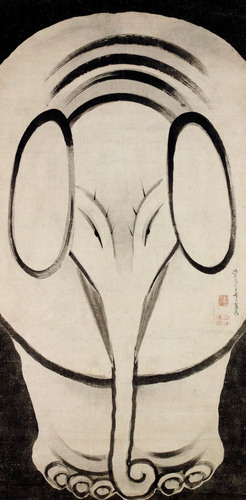
Saturday, June 21 - Sunday, August 31, 2025
Rich Veins of Japanese Art – Mining for Hidden Treasures Nakanoshima Museum of Art, Osaka (Osaka, Japan)
Friday, October 8 - Sunday, November 14, 2021
From the Tokyo Fuji Art Museum Collection: “THIS IS JAPAN” Eternal Japanese Art Oita Art Museum (Oita, Japan)
Monday, June 1 - Sunday, July 5, 2020
Great Masters of Japanese Painting from the Tokyo Fuji Art Museum Collection Shimane Art Museum (Shimane, Japan)
Sunday, August 25 - Sunday, September 29, 2019
This Is Japan In Kyoto From The Tokyo Fuji Art Museum Collection The Museum of Kyoto (Kyoto, Japan)
Tuesday, March 26 - Monday, May 6, 2019
ITO Jakuchu: A Prayer for Recovery following the Great East Japan Earthquake Fukushima Prefectural Museum of Art (Fukushima, Japan)
Saturday, March 24 - Sunday, May 27, 2018
OEDO EXHIBITION NAGASAKI Nagasaki Prefectual Art Museum (Nagasaki, Japan)
Friday, July 28 - Saturday, August 26, 2017
Edo Period Paintings 21st Century Museum of Contemporary Art, Kanazawa (Kanazawa, Japan)
Tuesday, October 4 - Sunday, December 4, 2016
Jakuchu Revealed: 300th Anniversary of Ito Jakuchu’s Birth Kyoto Municipal Museum of Art (Kyoto, Japan)
EXPLORE

You can search and browse content on a platform across museums and archival institutions nationwide, and create My Gallery (online exhibition).

You can view the work in High-resolution.

